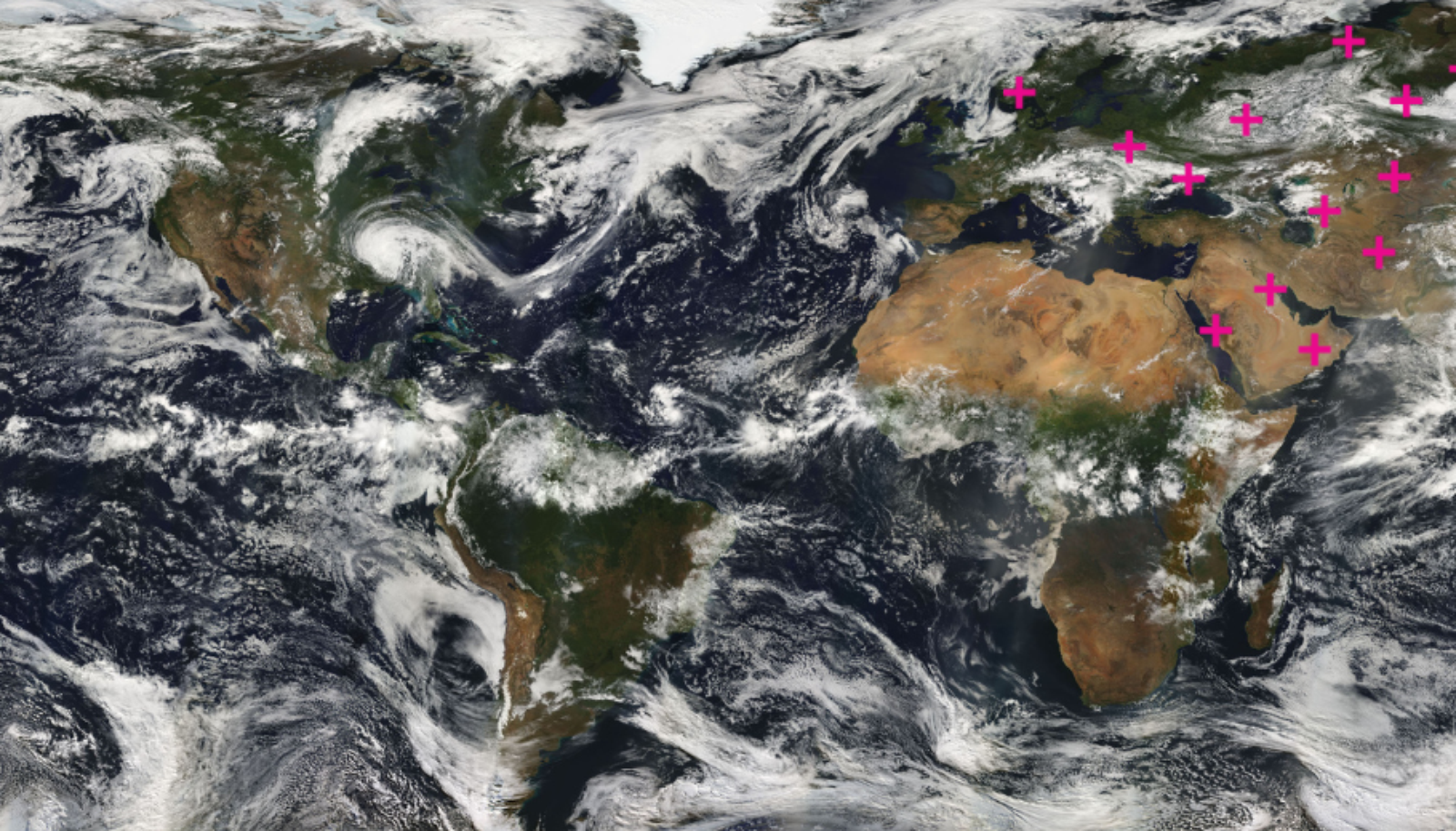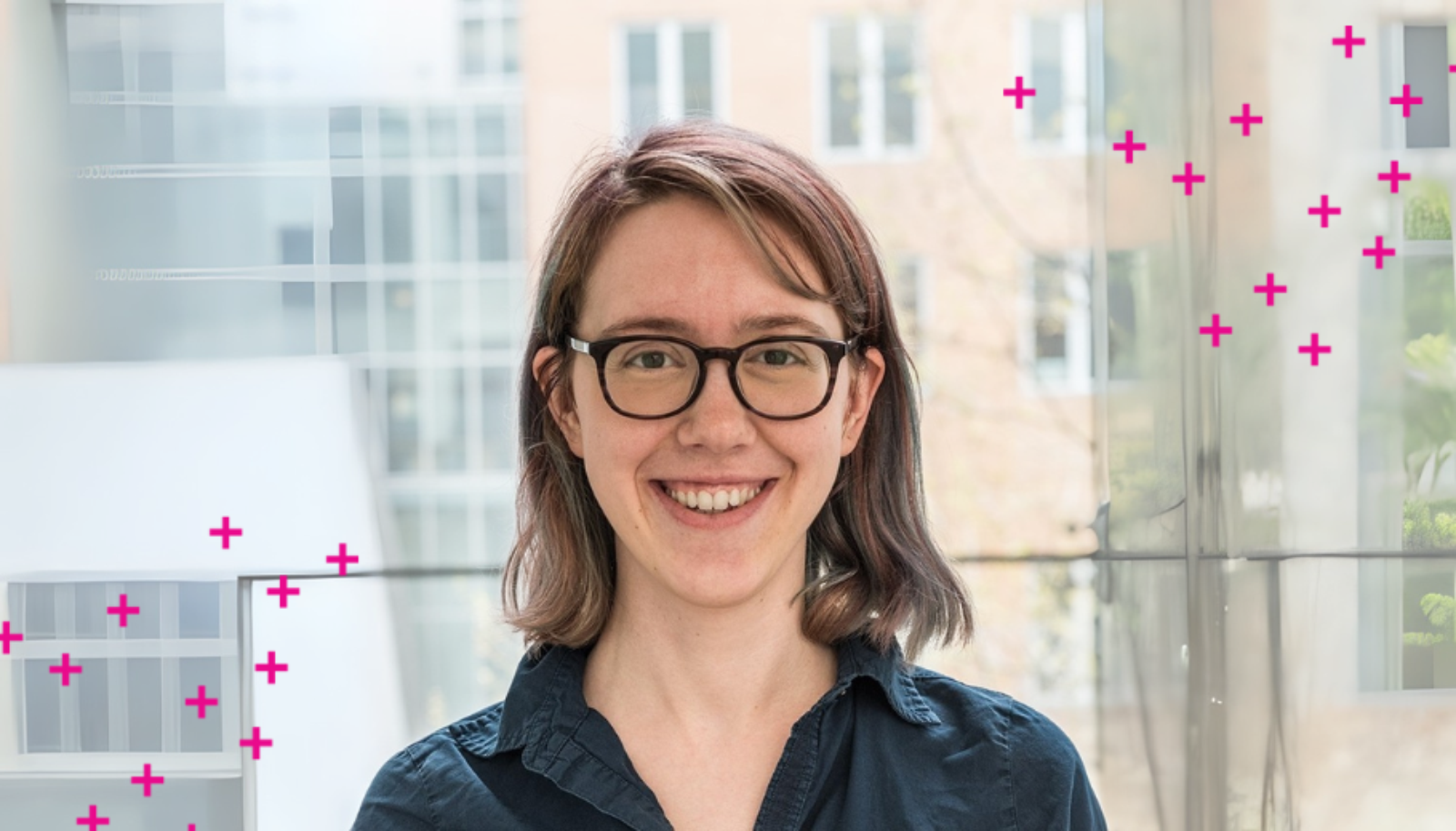VECTOR RESEARCHERS PRESENT “FIRST OF ITS KIND” AI-POWERED SEARCH ENGINE FOR AI AT CVPR 2020
June 18, 2020
June 18, 2020
By Ian Gormely
The ability to build and train neural networks remains out of reach for many individuals and organizations because of the large amount of data, time and compute power needed to train new AI models.
Now a “first of its kind” search engine is helping to bring the power of neural networks closer to the hands of your average coder. Neural Data Server (NDS) is a search engine for AI data built by Vector Faculty Member Sanja Fidler, Vector grad student David Acuna, and the University of Toronto’s and University of Toronto undergraduate student Xi Yan. It uses machine learning (ML) to find the most relevant data needed in pre-training, an important step in building high-performance deep learning models. This can save precious time, compute power, and ultimately money. The team will present NDS and its accompanying paper, “Neural Data Server: A Large-Scale Search Engine for Transfer Learning Data” in an oral presentation at CVPR this month.
As its name implies, pre-training teaches or conditions a deep neural network before it begins a particular task. It can significantly boost a deep neural network’s performance, particularly for situations where there is a scarce amount of labeled data. “If you don’t pre-train a network, there is a noticeable gap in performance,” says Fidler who calls data the lifeblood of machine learning. “You need a lot of data to train really high-performance models.” But the largest data sets are made up of tens of millions of data points and running through all that data can take weeks and requires a lot of computational resources. “Particularly in academia, we have limited resources,” she says. “We just can’t afford pre-training on 10 or 20 million images, and across multiple experiments.”
NDS helps cut down on the time and compute power needed in pre-training by eliminating irrelevant data points. If a user is interested in building a fashion-related application, instead of training a neural net on a large data set of vehicle images, NDS will remove anything that doesn’t include a close-up of people and the clothes they are wearing. This leads to smaller but more efficient data sets. Notably, NDS does not hold data. Rather, like any other search engine, it indexes publicly available Machine Learning datasets, making the data searchable.
Unlike Google’s Dataset Search, NDS then recommends the data that will be most relevant to the user’s unique model. To run a search, users download and run a set of “experts,” tiny ML models, on their dataset. The results — a set of statistics, not the actual data — are sent back to NDS, which identifies the best subset of data for a model. The whole process takes a matter of minutes.
Free to use while protecting the privacy of users’ data, NDS opens the door for researchers outside of higher education or large companies to build their own neural networks. Fidler points to startups — companies with the skill set and innovative ideas to build new models but lack the computing infrastructure — as being particularly poised to benefit from NDS.
“It’s something that we see that the community needs,” says Acuna. “Pre-training is key to achieve state-of-the-art results, and we want to make it easy and feasible for everyone.”
“Machine learning systems can only be as good as their data,” says Xi. “We hope our NDS opens a more effective way to leverage the massive amount of data that’s available today.”
Also at CVPR 2020
Vector affiliated researchers have a number of papers at CVPR this year.
Auto-Tuning Structured Light by Optical Stochastic Gradient Descent
Wenzheng Chen, Parsa Mirdehghan, Sanja Fidler (Vector), Kiriakos N. Kutulakos (Vector)
Discovering optimal coding and decoding schema is key in active depth sensing 3D reconstruction. While most previous works adopt heuristic rules to design coding without considering actual device characteristics, in contrast, we put the real devices in the loop by jointly optimizing the neural network parameters with the specific hardware parameters. Our method, which we call Optical SGD, allows the chosen active depth imaging system to automatically discover the optimal illuminations & decoding algorithms it should use. One can simply put their favourite device in front of a textured board, select the evaluation metric they like, let our algorithm, and obtain their code and decoder that best match the device.
Front2Back: Single View 3D Shape Reconstruction via Front to Back Prediction
Yuan Yao, Nico Schertler, Enrique Rosales, Helge Rhodin, Leonid Sigal (Vector), Alla Sheffer
Reconstruction of 3D shape from 2D image is a classical computer vision problem that has wide practical applicability ranging from navigation and object manipulation to spatial reasoning and understanding. Despite significant progress in the field, it remains a challenge due to inherent ambiguity of recovering occluded and only partially observed surfaces. In this work, we leverage a set of perceptually guided geometric constraints to help improve such reconstructions. Mainly, we observe that most everyday objects (including man-made objects) are symmetric. We are able to estimate these symmetries and utilize them to predict occluded (back) views of objects from the observable front, using a neural network architecture. The observed front and predicted back views almost entirely expose the outer surface of the object. Hence, by fusing information from these views, we can reconstruct a complete and accurate surface. Our experiments demonstrate that our approach outperforms state-of-the-art 3D shape reconstruction from 2D and 2.5D data in terms of geometric fidelity and detail preservation.
Improved Few-shot Visual ClassificationPeyman Bateni, Rghav Goyal, Vaden Masrani, Frank Wood, Leonid Sigal (Vector)
Learning from a limited amount of data is a fundamental task in computer vision that carries the promise of alleviating the need for exhaustively labeled datasets. Most approaches to date have focused on progressively more complex ways to extract features from images or strategies for how the data should be structured for efficient learning. In this work, we consider a simpler approach of looking at learning a distribution-aware distance metric, which can significantly improve the performance of an existing state-of-the-art model (CNAPS). We find that it is possible to structure the model that makes learning of this metric possible with even a few samples. The resulting approach, which we call Simple CNAPS, has nearly 10% fewer parameters, but yet performs 6% better than the original.
Learning to Evaluate Perception Models Using Planner-Centric Metrics Jonah Philion, Amlan Kar, Sanja Fidler (NVIDIA)
Evaluation metrics are important in self-driving because they determine what algorithms ultimately get deployed in cars. The issue with current evaluation metrics for self-driving perception is that they consist of long lists of heuristics that researchers hand-design in the hopes that the final output roughly correlates with driving performance. In this paper, we propose a more principled metric for 3D object detection specifically for the task of self-driving. The core idea behind our metric is to isolate the task of object detection and measure the impact the produced detections would induce on the downstream task of driving. Without hand-designing it to, we find that our metric penalizes many of the mistakes that other metrics penalize by design.
Learning to Simulate Dynamic Environments With GameGAN
Seung Wook Kim, Yuhao Zhou, Jonah Philion, Antonio Torralba, Sanja Fidler (NVIDIA)
GameGAN is a neural network-based AI model that learns to mimic game engines. It is trained by ingesting screenplays along with user actions from some game. Once trained, it can render the next screen given key-presses so that people can play the game without game engines, but only with AI! GameGAN also has a memory module that remembers what it has generated and can separate backgrounds from dynamically moving objects.


